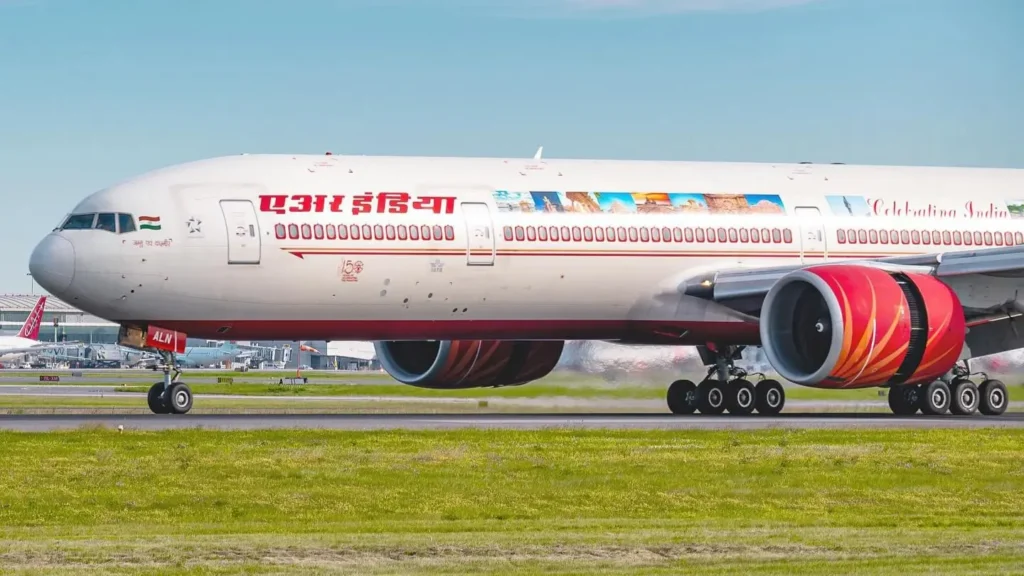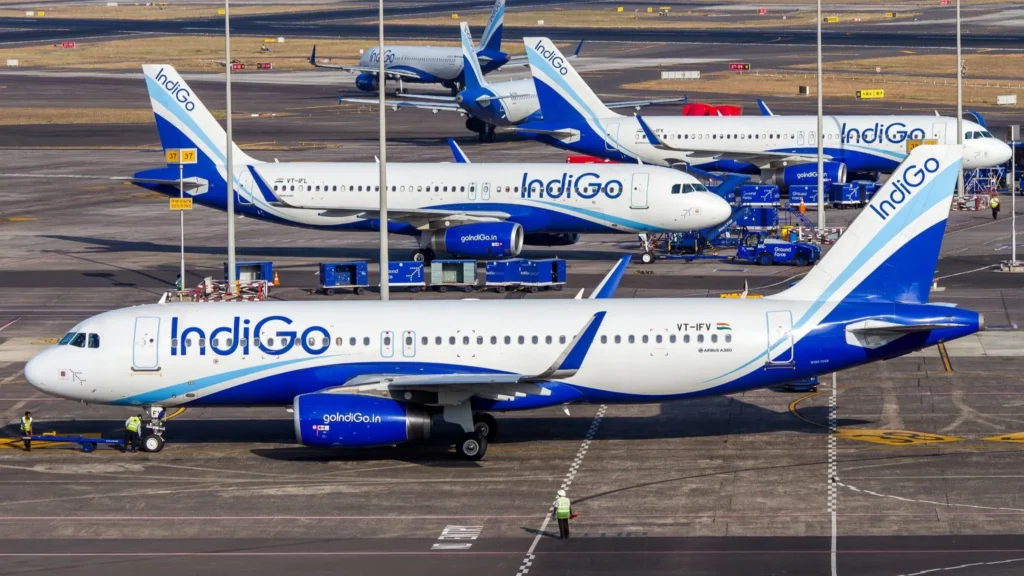
MUMBAI- Indian aviation is poised for unprecedented growth, with domestic and international markets expected to double by 2030. Domestic passenger numbers could reach 600-700 million, while international traffic may hit 140-160 million annually.
The Indian carrier fleet is projected to expand to 1,400 aircraft by 2030, replicating 90 years of growth in just 5-6 years. This rapid expansion, comparable only to China’s aviation boom, has the potential to transform India’s economy.
 Photo: Utkarsh Thakkar (Vimanspotter)
Photo: Utkarsh Thakkar (Vimanspotter)Indian Aviation Global Hub by 2030
To support this growth, India must develop an enabling ecosystem, including institutional infrastructure, policies, regulations, and skilled workforce across the aviation value chain.
A key opportunity lies in developing Indian airports as global hubs. This requires world-class infrastructure and airlines with competitive networks, fleets, and products.
India’s airport modernization program has significantly improved infrastructure, while the privatization of Air India (AI) and IndiGo’s (6E) expansion are positioning these carriers for hub operations.
Air India aims to become a leading global airline with an extensive international network and modern widebody fleet. IndiGo is expanding its short- and medium-haul international network, attracting transfer traffic.
CAPA Advisory predicts Indian carriers will add 150 widebodies by 2035, complemented by A321XLRs for medium-haul routes.
The complementary business models of Air India and IndiGo could capture both premium and price-sensitive passengers, leveraging India’s geography for connecting traffic through Indian airports.
 Photo: IndiGo LinkedIn Page
Photo: IndiGo LinkedIn PageDelhi, Mumbai and Bengaluru can Become Hubs
India’s strategic location positions it as a competitive hub for routes connecting Europe, the Middle East, Africa, and Asia Pacific. This geographical advantage could enable 2-3 Indian airports to rival established hubs like Dubai, Abu Dhabi, Doha, Singapore, and Hong Kong.
India’s unique cultural offerings enhance its appeal as a stopover destination, potentially boosting long-term inbound tourism. The Indian government recognizes this opportunity and aims to support hub development.
However, successful airport hubs require decades of investment and effort. Dubai’s success stems from a 20-30 year national commitment to aviation and tourism.
Central and state governments must develop tourism infrastructure, ensure competitive costs, simplify visa processes, improve multi-modal infrastructure, promote destinations, enable cargo trans-shipment, invest in airspace efficiency, and prioritize safety and security.
Airports need to invest in facilities catering to transfer passengers with longer dwell times, requiring a well-planned hub development policy. A dedicated fund may be necessary to incentivize airports constrained by high revenue-sharing agreements.
India’s potential as a global aviation hub within the next 5-7 years hinges on structured development and close stakeholder coordination. This transformation could significantly impact global air travel patterns and boost India’s economic growth.
What are your thoughts on Indian Aviation growth? Let us know in the comment section.
Join us on Telegram Group for the Latest Aviation Updates. Subsequently, follow us on Google News.
Air India Eyes Separate Cargo Airline with New Freighter Planes
The post Indian Aviation to Become Global Hub by 2030 and Double Traffic appeared first on Aviation A2Z.

 1 rok temu
1 rok temu











